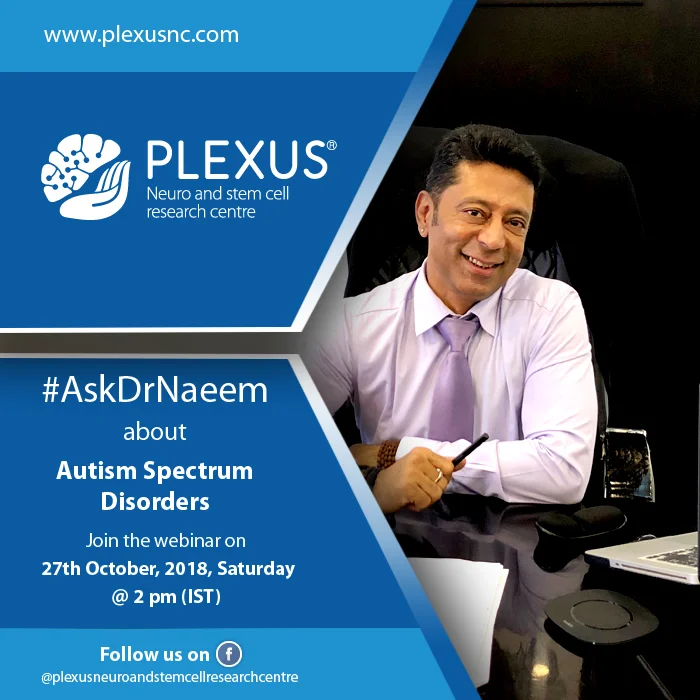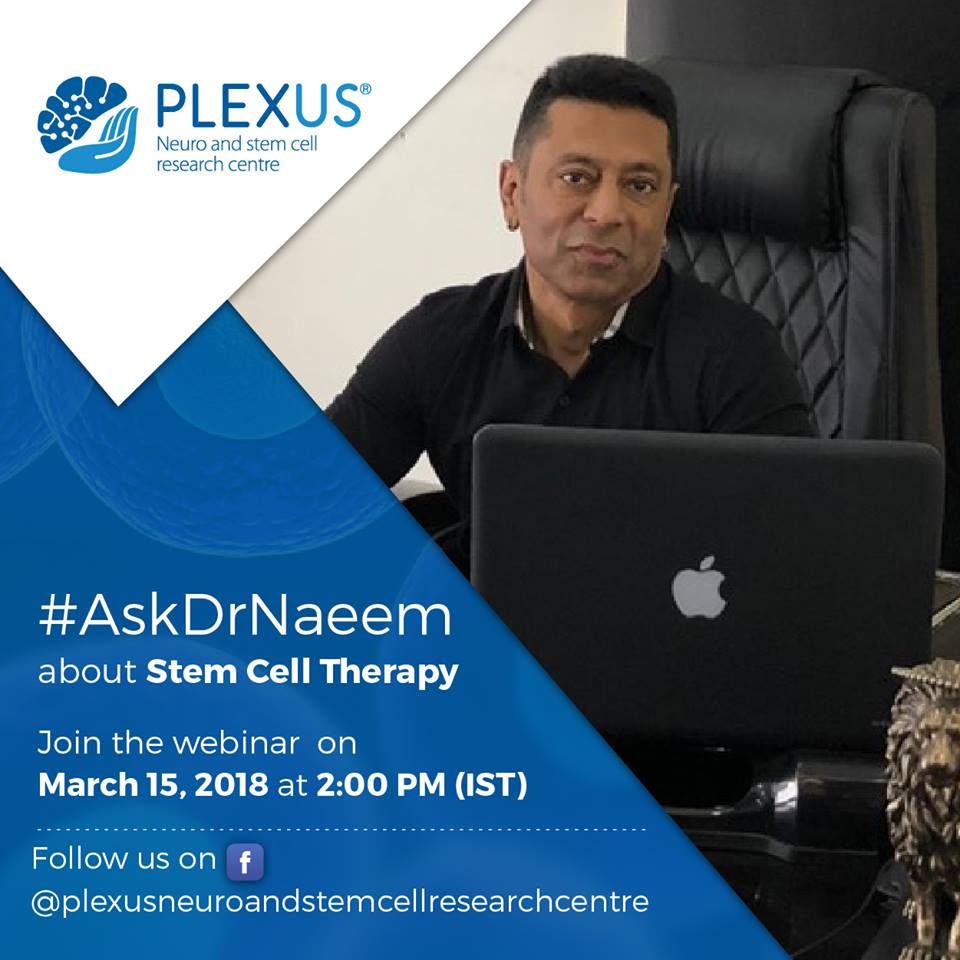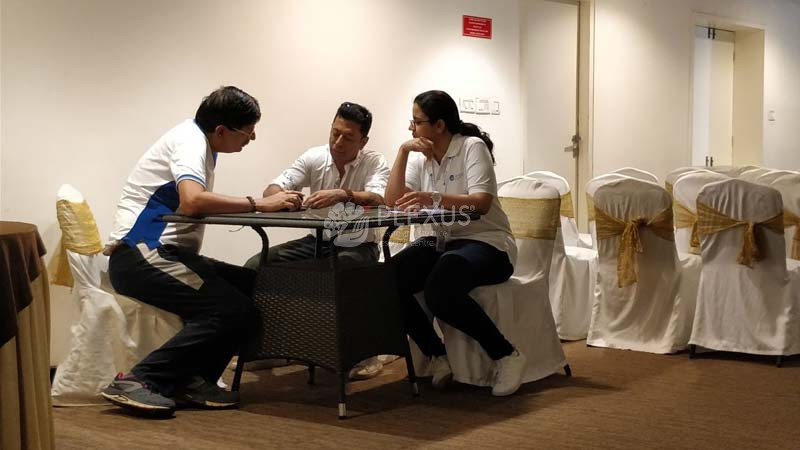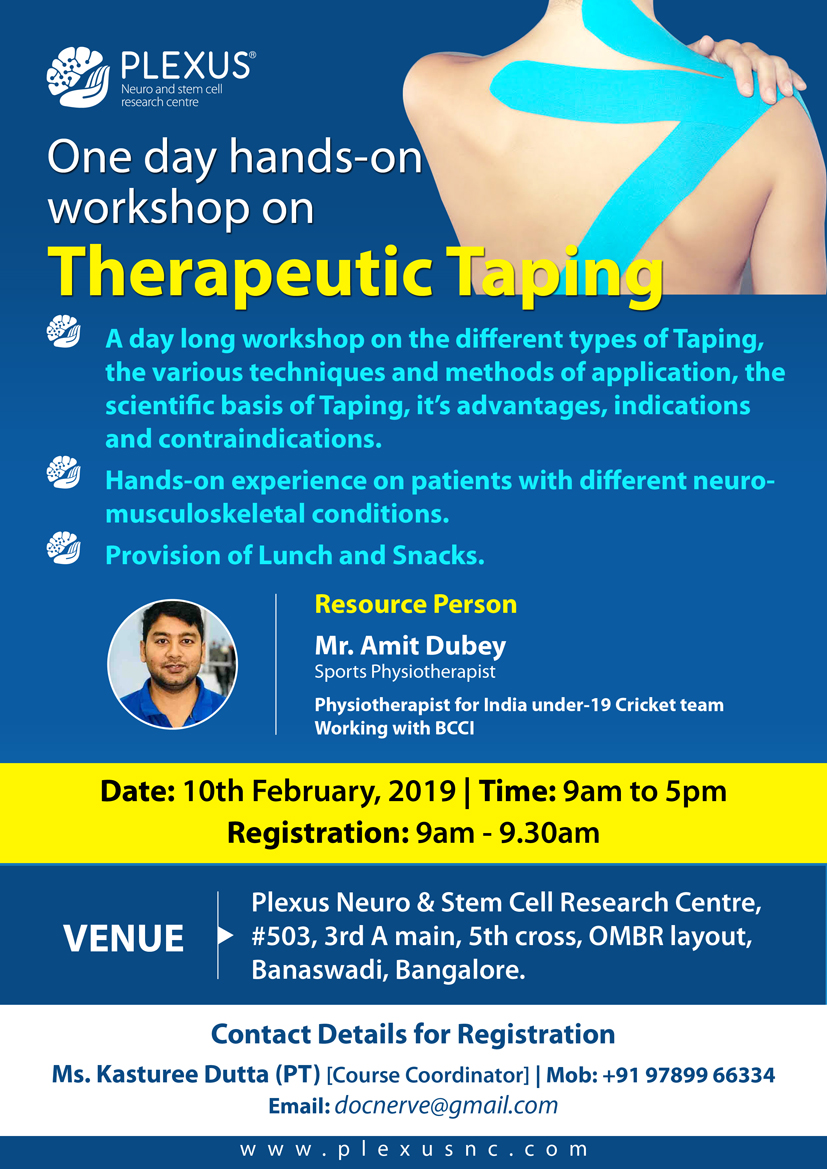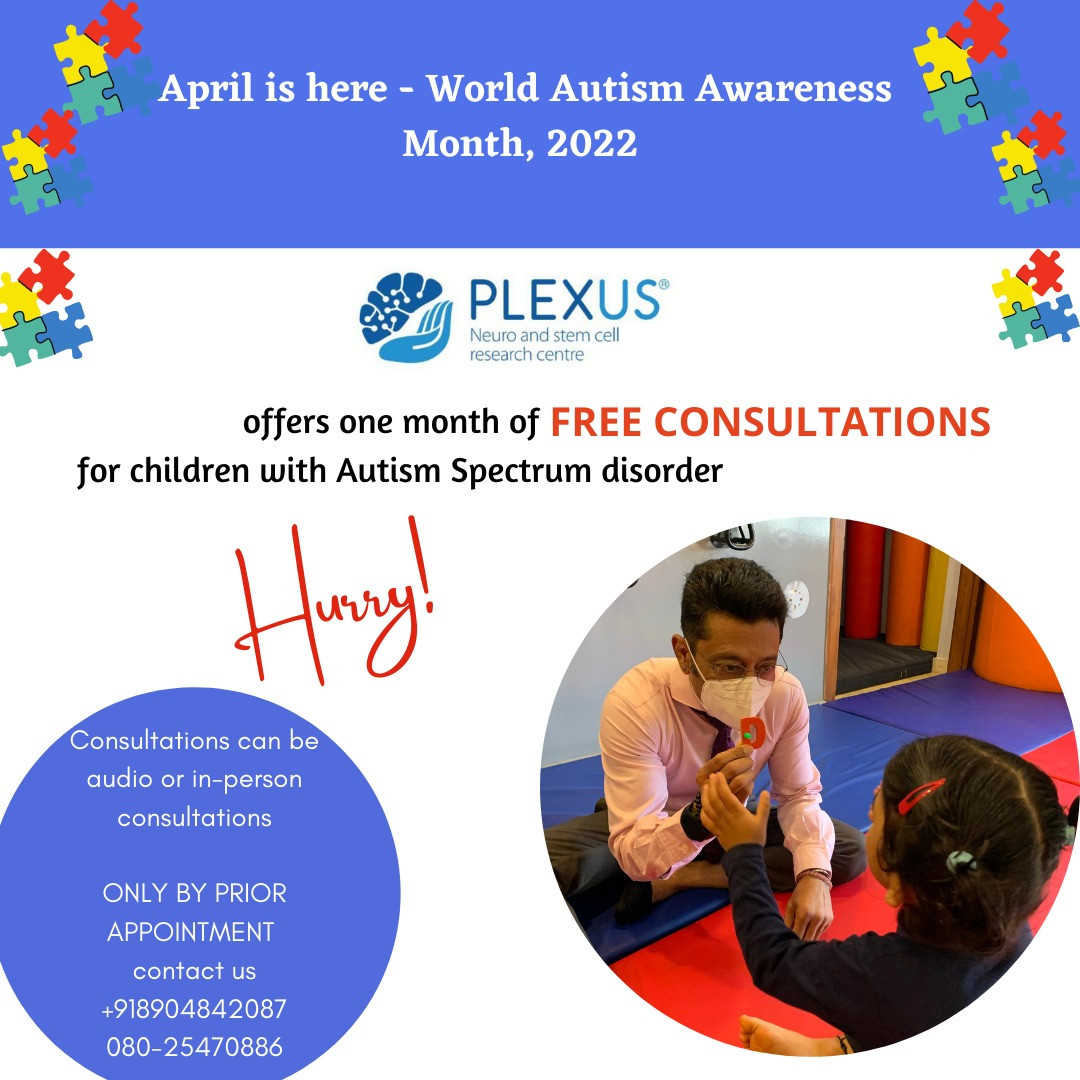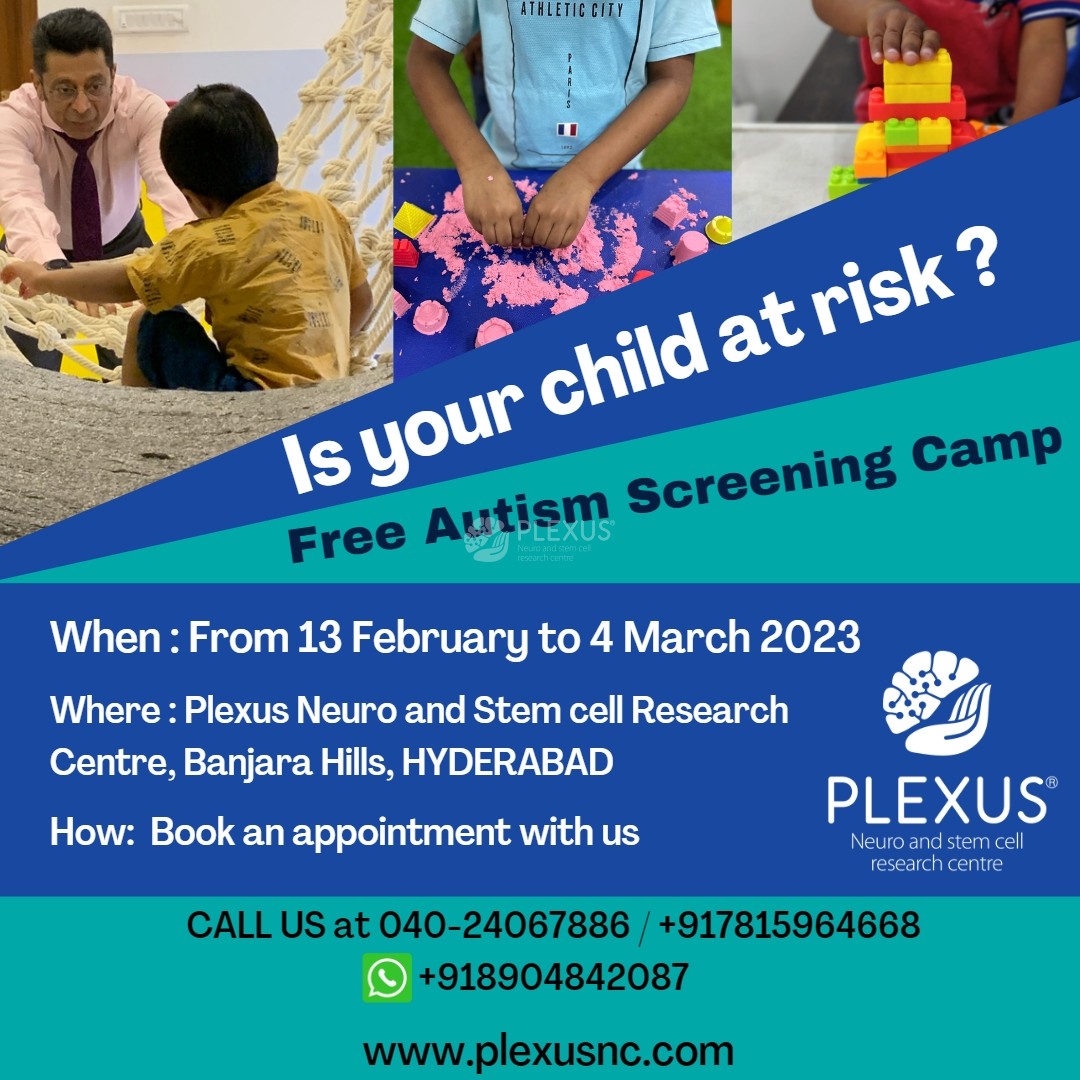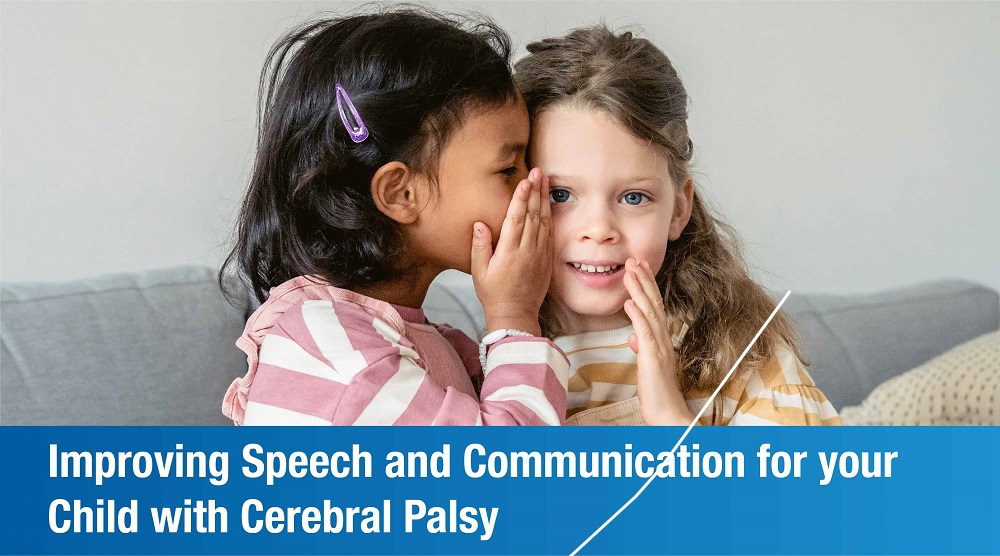
Children with cerebral palsy often experience speech problems as a result of poor control over the muscles in their face, neck, and throat. This can impede their ability to learn and interact and also cause problems with swallowing. Speech therapy plays a vital role in helping these children improve their communication skills, enhance their quality of life, and build self-confidence. Let’s understand how speech therapy can benefit your child with cerebral palsy. We will help you explore the numerous aspects of speech therapy for children with cerebral palsy, including techniques, activities, goals, and the essential role it plays in their development.
Understanding cerebral palsy
Cerebral palsy (CP) refers to a group of non-progressive neurological disorders that affect movement, muscle tone, coordination, and motor skills, caused by damage or abnormalities in the developing brain. Children with cerebral palsy often experience stiffness, contractures, or lack of control in their muscles, which affects their ability to move, speak, and swallow. The best treatment for cerebral palsy involves a combination of stem cell therapy, physiotherapy, speech therapy, and occupational therapy to help the child function as independently as possible.
Speech impairment in children with cerebral palsy, can manifest in the following ways:
- Articulation difficulties: Children find it hard to pronounce certain sounds or words clearly.
- Muscle weakness or coordination issues: This can impact the lips, tongue, and jaw, all of which are important to produce speech.
- Voice disorders: This refers to interference with pitch, resonance, and other speech aspects.
Fluency disorders, such as stuttering, and delayed language development are common speech impairments in children with cerebral palsy. Management strategies for cerebral palsy should ideally always involve strengthening the face and neck muscles through physiotherapy and speech therapy.
Speech therapy for cerebral palsy
Speech therapy is an effective intervention for addressing speech delay in young children, even children with cerebral palsy. It focuses on stimulating speech and language development, bridging the gap between the child’s current abilities and age-appropriate communication skills. It is tailored to the specific needs and challenges of each child, with the goal of helping them communicate as effectively as possible.
Early intervention is crucial, as it can lead to better outcomes in terms of speech development.
Benefits of speech therapy for cerebral palsy at Plexus
Children with cerebral palsy struggle to control their face and neck muscles. This can lead to a variety of speech related problems such as slurred speech, drooling, difficulty in controlling breathing, and difficulty in swallowing. Apart from hindering the ability to communicate, these problems can be potentially dangerous if the child is unable to swallow food properly, as the food may get stuck in their throat or go down the windpipe.
This is where speech therapy comes in. Speech therapists teach your child special exercises to improve control over the muscles involved in speaking and swallowing. This allows them to eat safely and obtain the nutrition and hydration they need to stay healthy.
Speech therapy also focuses on correcting the child’s communication problems, including:
- Sound and word formation
- Stuttering
- Poor articulation
- Speech volume
- Breath control
- Word comprehension and association
- Vocabulary development
The better a child is able to communicate, the stronger their cognitive abilities become. As children learn to express themselves effectively, they adjust better to social environments, and also develop emotionally as they gain confidence in themselves. Over time, speech therapy can help a child with cerebral palsy overcome shyness, ask for what they want, improve their problem-solving ability, enhance their ability to socialize, and boost their self-esteem.
Exercises commonly used in speech therapy for cerebral palsy
As part of the treatment process, your child’s speech therapist will conduct an assessment to determine what abilities your child currently has and how exactly they could benefit from speech therapy. The assessment could involve an oral exam, tests of articulation and fluency, audiology tests, cognitive tests, and so on. Subsequently, the therapist will select exercises tailored to your child’s specific difficulties with speaking and swallowing.
Some of the Speech Therapy exercises the therapist might recommend for your child include:
- Breathing exercises strengthen the diaphragm, and control the inhalation and exhalation process.
- Jaw exercises can help with foods that require extra chewing, such as carrots or apples.
- Blowing exercises such as whistling or bubble blowing, strengthens the abdominal muscles and helps the child produce certain sounds.
- Swallowing exercises enable safe eating practices, such as effortful swallowing (where the child swallows a mouthful of liquid or saliva at one gulp) or the masako maneuver (where the child sticks the tongue out and puts gentle pressure on it with the teeth).
- Tongue exercises such as pressing the tongue against a spoon or depressor for several seconds at a go, help strengthen the tongue muscles.
- Lip strengthening exercises can typically include simple engaging activities like putting or squeezing one’s lips around a lollipop.
- Articulation Therapy helps children with CP improve their ability to articulate sounds and words accurately. Speech therapists work on specific sounds or patterns that the child finds challenging.
- Language and word association for children who are more advanced in their speaking skills, with the help of flash cards to show children how certain words go together, like ‘sock’ and ‘shoe’, or ‘chips’ and ‘dip’.
- Augmentative and Alternative Communication (AAC) is children with severe speech impairments or are non-verbal. AAC systems such as communication boards, speech-generating devices, or sign language may be introduced to facilitate communication.
- Voice therapy addresses voice quality, pitch, volume, and breath control. It helps children with CP develop a clear and well-modulated voice.
- Fluency Techniques such as slow and easy speech, pausing, and breathing exercises can help children overcome stuttering and other fluency disorders.
Speech therapy activities for cerebral palsy
All work and no play makes children bored!
So why do speech therapy sessions have to be boring? At Plexus, our highly skilled and “super fun” speech therapists have a long list of fun and engaging activities that can make speech therapy enjoyable for children with cerebral palsy. Let’s take a look at some of our most loved activities:
- Storytelling: We encourage children to tell stories or narrate their experiences. This helps build/improve vocabulary, syntax, and overall language skills.
- Play-Based Activities: Board games, and even old favourites like “Simon Says” can be both fun and educational.
- Articulation Games: With these games, we target specific speech sounds. For example, we show children flashcards with pictures of words containing the target sound.
- Role-Playing: Who doesn’t love playing “Doctor Doctor”! Role-play improves social communication skills, such as taking turns in conversation, sharing without pressure, and body language.
- Music and Song: Our children are wonderful singers and musicians. Singing and dancing help children loosen up, shed their inhibitions, and become more involved in the sessions.
- Reading Aloud: This is a wonderful way to enhance language skills and comprehension. It also allows for interactive communication.
Activities you can do at home
- Mirror Play: Stand in front of a mirror with your child and practice speech sounds and words. You can get a list of practice sounds from your speech therapist. This is visual feedback, and can really motivate your child to articulate correctly.
- Puppet Play: This is a great way to engage in conversations, improve social communication, and also indulge in role play.
- Scavenger Hunt: Make a small chart with photos or sketches of items that your child has to find around the house. This helps expand their vocabulary.
- Cooking: This can be fun and educational. Your child can learn the names of ingredients, follow instructions, and talk about the recipe. This can be a great language builder.
Here are 7 tips for parents of children with cerebral palsy
Speech therapy goals
Most parents come to us with only two goals – a. They want their child to talk, and b. They don’t want their child to stammer. But this is just the tip of the iceberg isn’t it? There’s more to speech than just these goals. So, here are the primary goals our speech therapists typically set for themselves, and for your little ones too!
- Improving articulation
- Expanding vocabulary
- Enhancing fluency
- Speaking grammatically correct sentences
- Improving social communication skills
- Helping the child to express their needs and thoughts without hesitation
When choosing the right speech therapist for your child, it is essential to pick someone experienced in cerebral palsy and its associated challenges. They will typically work with the child’s occupational therapist and physiotherapist to come up with a comprehensive all-in-one treatment plan. By providing children with the tools to communicate confidently, we enable them to thrive and participate fully in the world around them. The sooner your child starts attending speech therapy, the sooner they will gain the skills they need to express themselves, and as a result, become confident.
FAQs
Can a child with cerebral palsy talk?
Cerebral palsy affects the part of the brain that controls speech. When this happens, the child may find it difficult to form sentences, use appropriate vocabulary, stutter, and experience other speech-related impediments. However, early intervention and speech therapy programs can help children with cerebral palsy improve their communication skills.
Why does cerebral palsy affect speech?
Children with cerebral palsy cannot control the muscles in their face, neck, throat, and mouth. These muscles help in producing speech. Lack of control in these muscles leads to dysarthria (motor speech disorder).
How to communicate with someone with cerebral palsy?
You can use sign language, flash cards, pictures, gestures, eye movements, communication boards, and other similar means to communicate with someone with cerebral palsy who may be non-verbal. For those who are not severely speech-impaired, you can communicate freely. Just make sure you speak softly and slowly.

